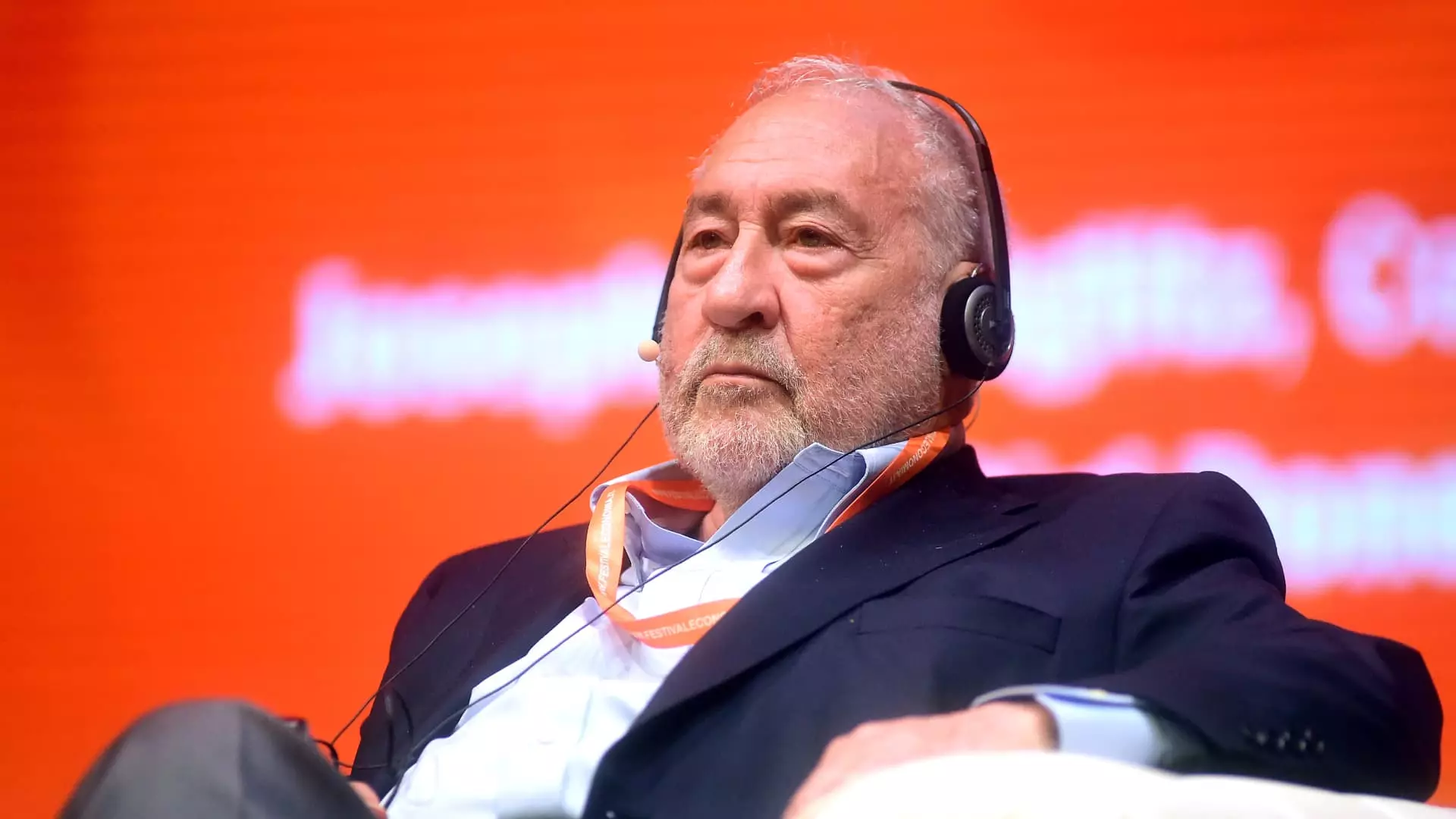The Federal Reserve is under scrutiny as Nobel Prize-winning economist Joseph Stiglitz advocates for a half-point interest rate cut at the upcoming meeting. Stiglitz accuses the U.S. central bank of tightening monetary policy too aggressively and exacerbating the inflation issue. He argues that the Fed’s actions have put the economy at risk, and a more substantial rate cut is needed to address the challenges.
While many strategists anticipate a 25-basis-point rate reduction at the Fed’s meeting, there is growing speculation about the possibility of a 50-basis-point cut. This debate underscores the differing opinions among economists and analysts regarding the appropriate response to current economic conditions. Stiglitz’s call for a larger rate cut challenges the conventional wisdom and highlights the need for a more aggressive approach to monetary policy.
Stiglitz argues that the Fed’s prolonged period of near-zero interest rates has contributed to inflation, particularly in the housing market. He suggests that raising interest rates further could worsen the housing shortage and hinder economic growth. By advocating for a significant rate cut, Stiglitz aims to address these concerns and stimulate job creation. His stance on the relationship between interest rates, inflation, and economic activity challenges traditional economic models and calls for a reevaluation of current policies.
Despite the calls for a larger rate cut, the Federal Reserve has yet to comment on the matter. Market participants are already pricing in a rate reduction, with expectations varying between a 25-basis-point and a 50-basis-point cut. The release of the report on Job Openings and Labor Turnover Survey has further fueled speculations about the Fed’s upcoming decision. The divergent views on the necessary size of the rate cut reflect the complexity of the current economic landscape and the uncertainty surrounding future policy measures.
Not all economists agree with Stiglitz’s assessment. George Lagarias, chief economist at Forvis Mazars, advocates for a more moderate quarter-point reduction, arguing against the urgency of a larger rate cut. Lagarias warns that an aggressive rate cut could send negative signals to the markets and trigger unintended consequences. His perspective highlights the diverse opinions within the economic community and the challenges of determining the most effective policy responses in a rapidly evolving environment.
The debate over the appropriate size of interest rate cuts underscores the complexity of economic policy-making and the diverse perspectives within the economic community. As the Federal Reserve prepares for its upcoming meeting, the calls for a half-point rate cut by Stiglitz and the more conservative approach advocated by Lagarias highlight the challenges facing central banks in managing monetary policy. The ultimate decision on the size of the rate cut will have far-reaching implications for the economy and financial markets, underscoring the need for a careful and well-informed approach to monetary policy.

